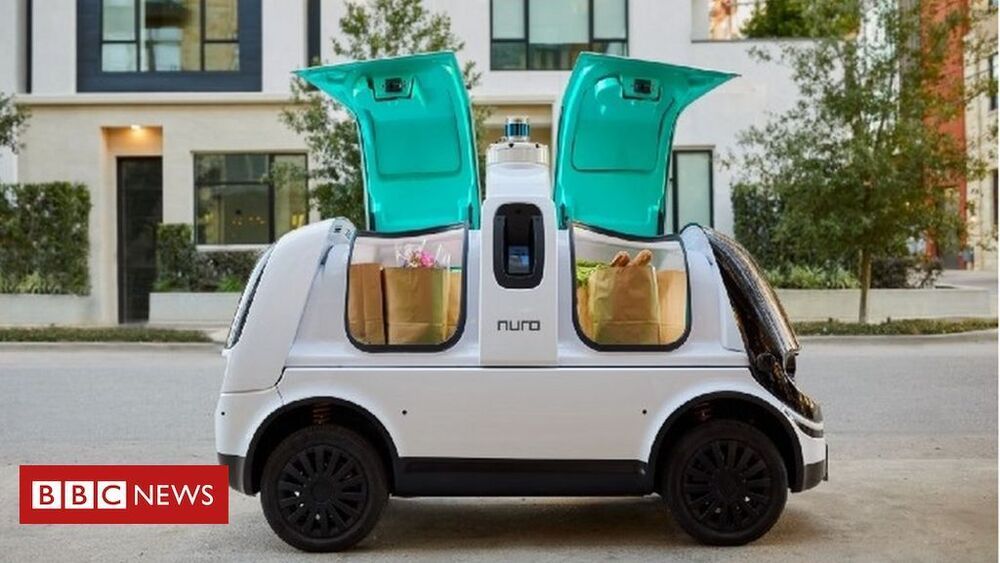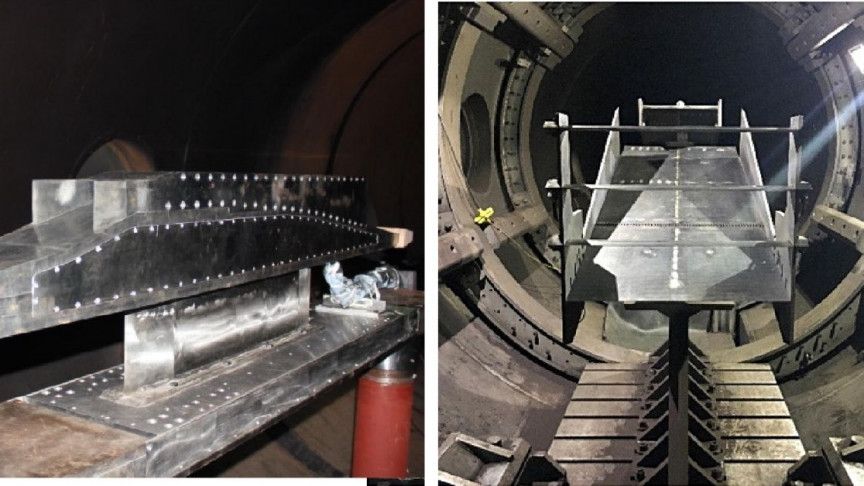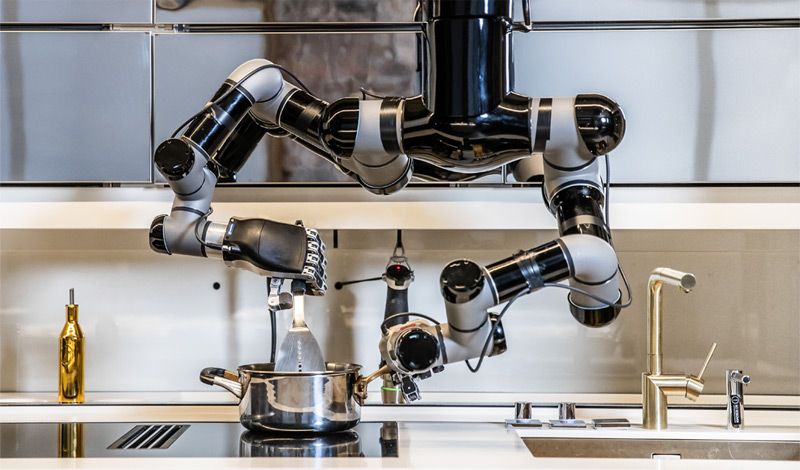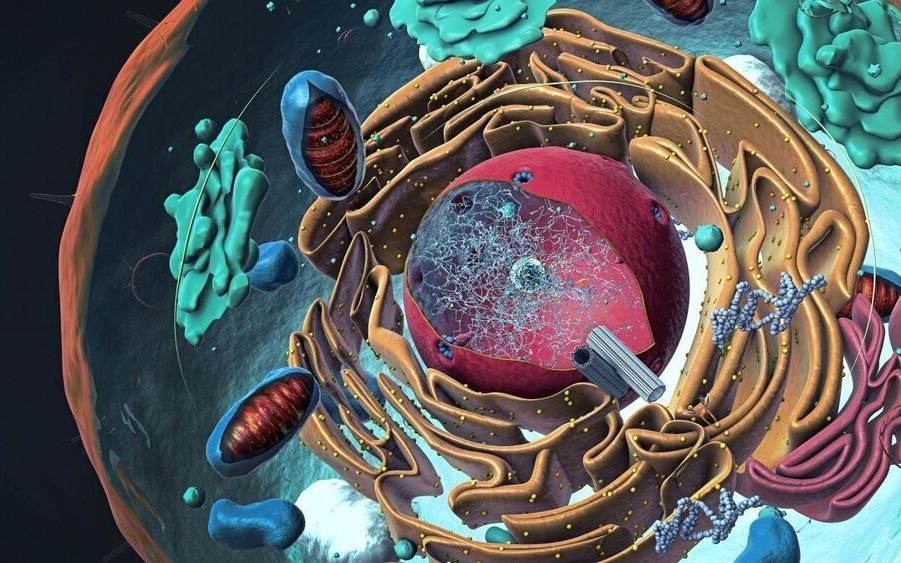Page 5869
Dec 24, 2020
China Tests Hypersonic Jet Engine That Can Go 16 Times the Speed of Sound
Posted by Omuterema Akhahenda in categories: energy, transportation
Scientists in China claim to have built a hypersonic jet engine—called “sodramjet”—that can fly at 16 times the speed of sound. This means that an aircraft kitted out with such engines could fly anywhere in the world in two hours, according to the scientists. The test flight of a prototype was carried out in a wind tunnel in Beijing, China, and displayed excellent thrust, fuel efficiency, and operational stability. Led by Professor Zonglin Jiang of the Chinese Academy of Sciences’ Institute of Mechanics, the team’s findings were published in Chinese Journal of Aeronautics on Saturday.
Scientists in China have tested a prototype sodramjet engine in a hypersonic wind tunnel at nine times the speed of sound. Check it out here!
Dec 24, 2020
Google Helps Birth Two Social Media Unicorns in Rapid Succession
Posted by Derick Lee in categories: economics, mobile phones
Google and its American internet peers are steadily amping up their investment in India, latching onto the only other country with a billion-plus population after getting shut out of China. From Amazon.com Inc. to Facebook Inc., they’re hoping to get in on the ground floor of what they envision as a smartphone and online commerce boom that could eventually create a market to rival the world’s No. 2 economy.
Google investments helped create India’s two youngest technology unicorns: a pair of startups that feed personalized news and entertainment to the world’s fastest-growing smartphone population.
Dec 24, 2020
SpaceX Starships Mars mission landing animation. A taste how the future of space exploration could look like
Posted by Alberto Lao in category: space travel
Dec 24, 2020
Beam me up: long-distance quantum teleportation has happened for the first time ever
Posted by Quinn Sena in categories: internet, particle physics, quantum physics
Raise your hand if you ever wanted to get beamed onto the transport deck of the USS Enterprise. Maybe we haven’t reached the point of teleporting entire human beings yet (sorry Scotty), but what we have achieved is a huge breakthrough towards quantum internet.
Led by Caltech, a collaborative team from Fermilab, NASA’s Jet Propulsion Lab, Harvard University, the University of Calgary and AT&T have now successfully teleported qubits (basic units of quantum info) across almost 14 miles of fiber optic cables with 90 percent precision. This is because of quantum entanglement, the phenomenon in which quantum particles which are mysteriously “entangled” behave exactly the same even when far away from each other.
Dec 24, 2020
NASA’s Mars rover and the ‘seven minutes of terror’
Posted by Alberto Lao in categories: robotics/AI, space
Like.
The US space agency releases an animation to show how its Perseverance robot will land on Mars.
Dec 24, 2020
World’s first robotic kitchen goes on sale
Posted by Future Timeline in categories: food, robotics/AI
The world’s first robotic kitchen is officially launched this month. The Moley Kitchen, created by British technology company, Moley Robotics, is a fully automated unit that prepares freshly cooked meals at the touch of a button. It consists of cabinets, robotic arms, a motion capture system, a connected graphical user interface with access to a library of recipes, and a full set of kitchen appliances and equipment, optimised for both robot and human use.
The Moley Kitchen – first revealed publicly in April 2015 – is the product of six years of research and development by an international team of 100 engineers, product and luxury interior designers and three award-winning chefs.
At the heart of this new technology are two robotic arms featuring fully articulated ‘hands’, developed in collaboration with world-leading German robotics company SCHUNK. Following 11 exhaustive development cycles, they can now reliably reproduce the movements of human hands. This means the robot can retrieve ingredients from the smart fridge, adjust hob temperature, use the sink to fill pans and pour, mix and plate up just as a human cook would. The robot even cleans up after itself.
Dec 24, 2020
Scientists pioneer new method of measuring electricity in cells
Posted by Quinn Sena in categories: biotech/medical, neuroscience
Electricity is a key ingredient in living bodies. We know that voltage differences are important in biological systems; they drive the beating of the heart and allow neurons to communicate with one another. But for decades, it wasn’t possible to measure voltage differences between organelles—the membrane-wrapped structures inside the cell—and the rest of the cell.
A pioneering technology created by UChicago scientists, however, allows researchers to peer into cells to see how many different organelles use voltages to carry out functions.
“Scientists had noticed for a long time that charged dyes used for staining cells would get stuck in the mitochondria,” explained graduate student Anand Saminathan, the first author for the paper, which was published in Nature Nanotechnology. “But little work has been done to investigate the membrane potential of other organelles in live cells.”
Dec 24, 2020
The world’s first commercially available flying car is now street legal in Europe. Yes, I said flying car
Posted by Quinn Sena in category: transportation
Dec 24, 2020
How Worried Should You Be About the New Strain of COVID-19?
Posted by Omuterema Akhahenda in categories: biotech/medical, genetics
Follow the links in the story for sources, the text is in red. A new strain of COVID-19 is causing a wave of new lockdowns in London and travel restrictions for those coming from the U.K. because some are worried that this may be an even more contagious version of the coronavirus. Experts say it’s definitely something to watch out for, but it’s not clear whether or not this variant is actually more transmissible—and there’s no reason to think the current COVID-19 vaccines won’t be effective against it. So what exactly is different about this new strain of COVID-19? Well, this variant (also called B. 1. 1. 7.) has a few mutations, 17 to be exact. Not all of them are concerning, but a few are. The mutations that have experts a little on edge have to do with genes that encode the virus’s spike protein, which is located on the surface of the virus and is the piece of the virus that helps it actually bind to human cells. (That’s the first step in becoming infected.) One of these mutations (called N501Y) may make it easier for the spike protein to bind to the receptors on our cells, Science explains. Another mutation (called 69-70del) affects the number of amino acids (the building blocks that make up a protein) in the spike protein, and variants with this mutation have been previously identified in some immunocompromised people whose bodies were unable to muster the necessary immune response to protect them from the virus.
It’s causing new lockdowns and travel restrictions.


















